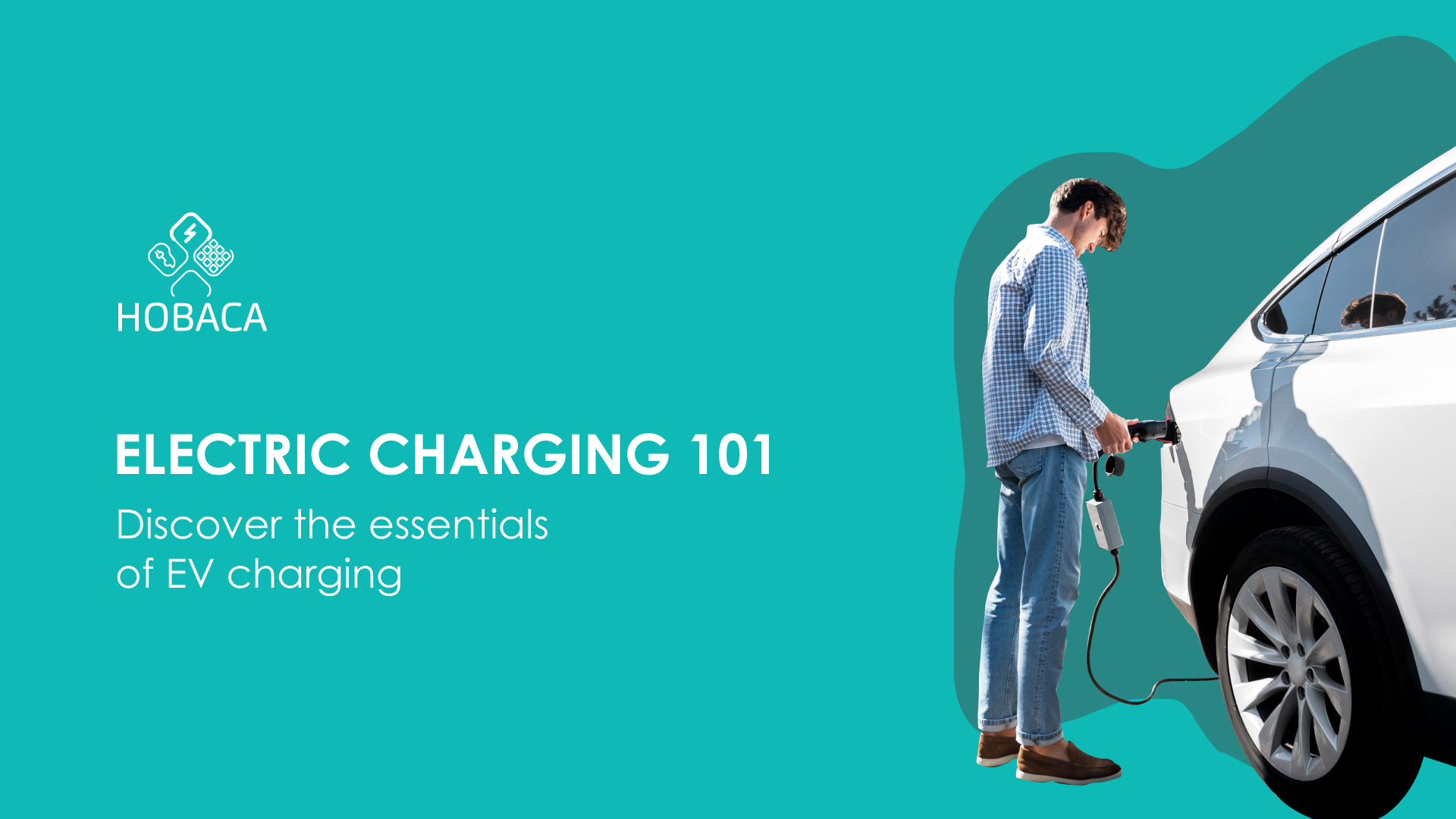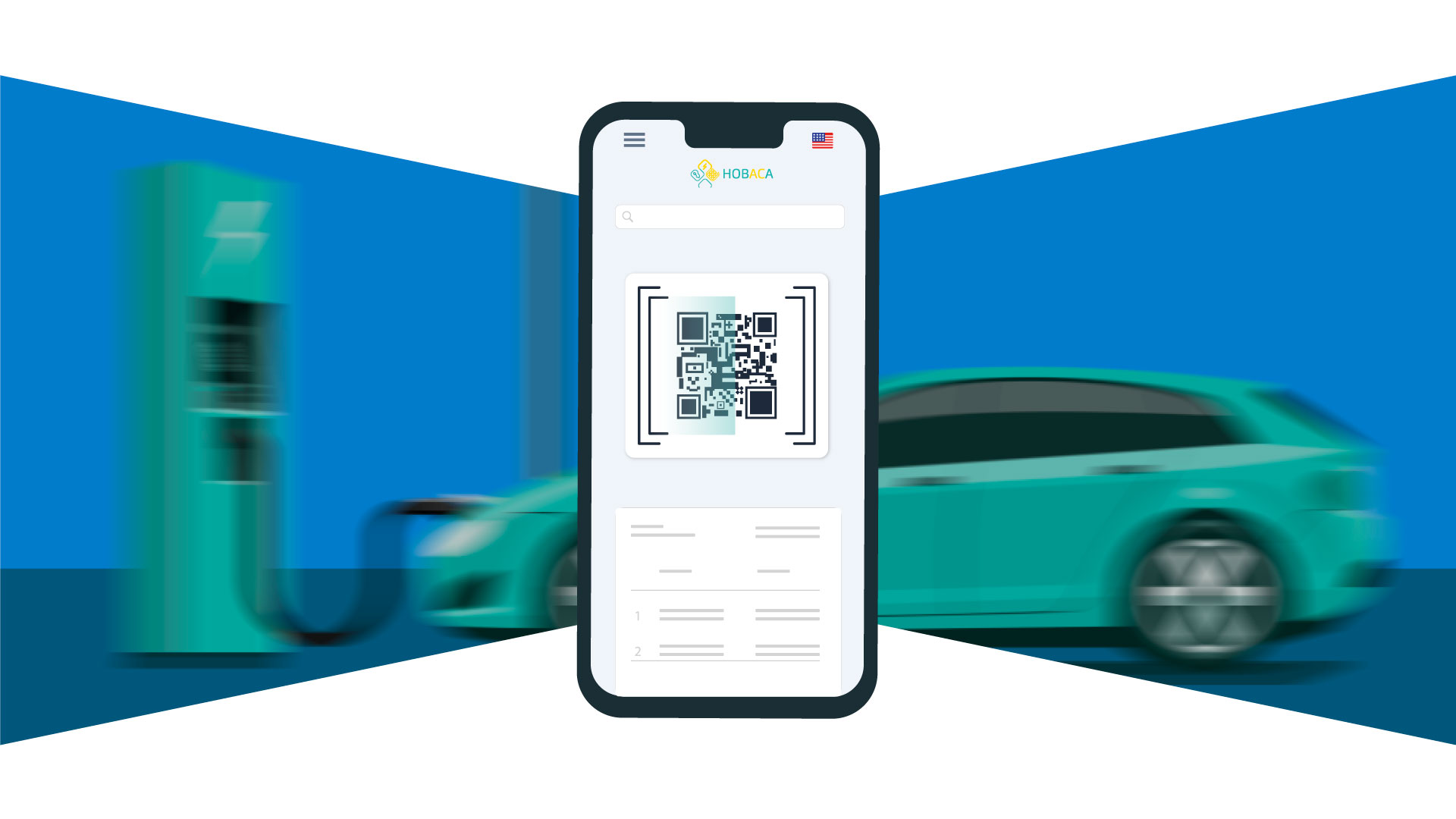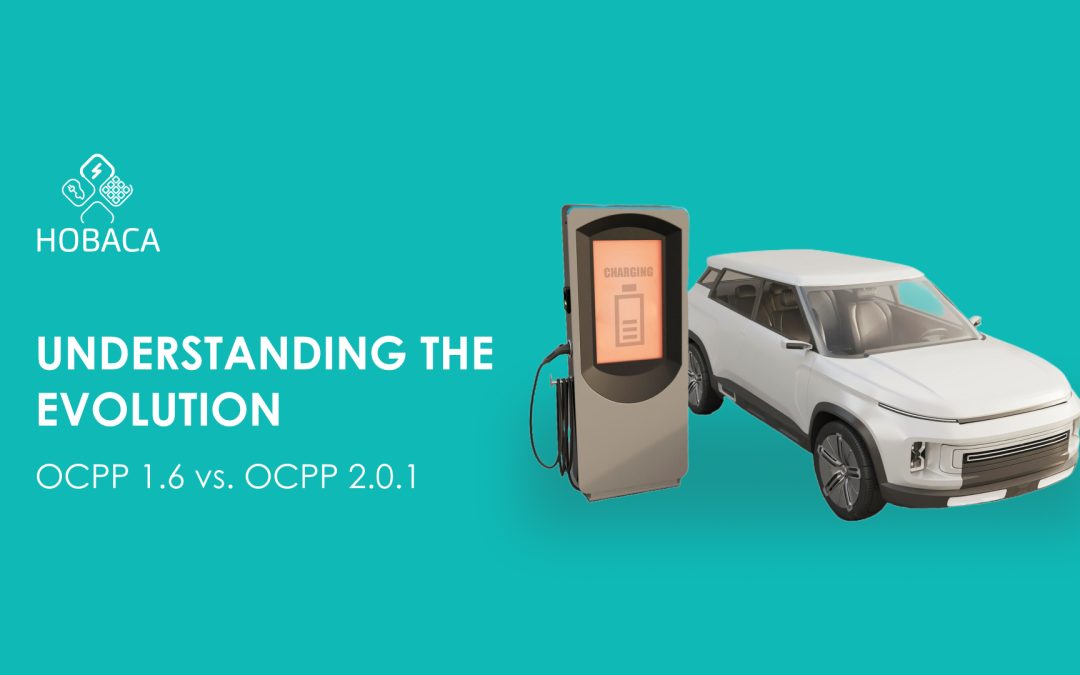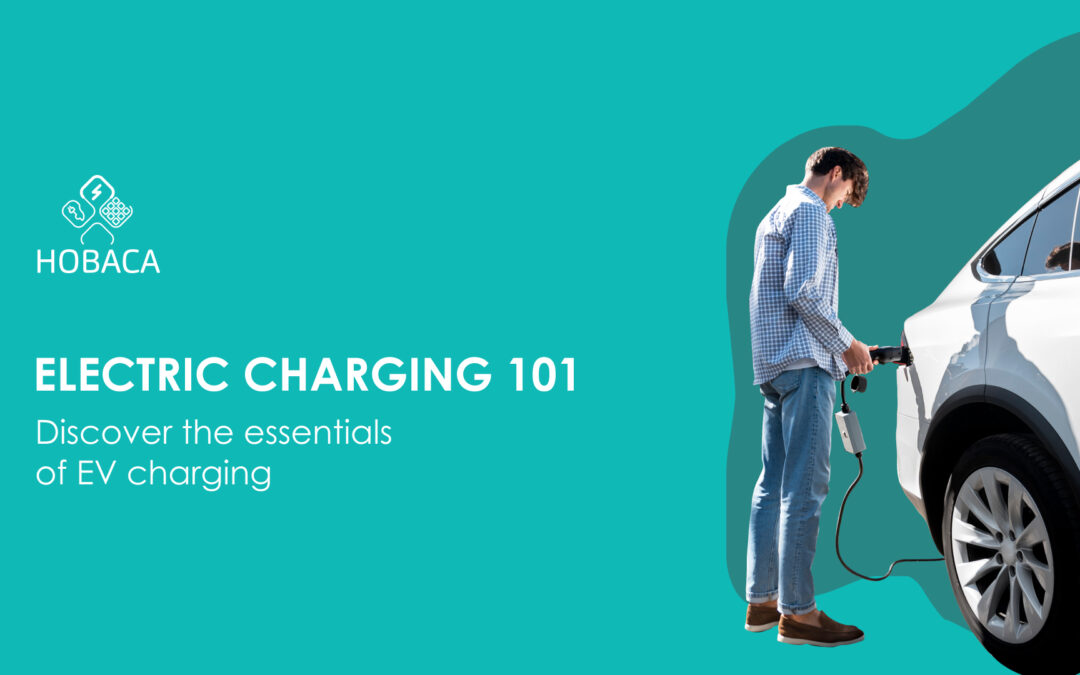In the ever-evolving landscape of electric vehicles, innovation continues to shape the way we power our cars. One such inovation is initiating the charging process through a quick and effortless QR code scan.
The Simplicity of QR Code Start
Traditional EV charging management platforms often require users to navigate through intricate registration procedures and install dedicated mobile apps before they can even begin to juice up their vehicles. This approach, while functional, can be a deterrent for many users who seek a more seamless and hassle-free experience.
With the power of QR codes, starting the EV charging process becomes as simple as a quick scan. No more searching for the right app, creating an account, or remembering login credentials. All you need is your smartphone with a camera and a QR code scanner, a feature that’s readily available in most modern devices.
How It Works
Imagine you’re out and about in your electric vehicle, and you’re in need of a charge. In a traditional setting, you might have to go through the following steps:
- Find the specific charging station’s mobile application.
- Download and install the app.
- Sign up for an account or log in if you already have one.
- Enter your payment information and other details.
- Navigate the app to locate the nearest available charger.
- Start the charging process through the app.
- Drive up to a charging station.
- Open your smartphone’s camera app or a QR code scanner app.
- Scan the QR code displayed on the charging station.
- Once the web browser window opens, enter the key information – email, phone number, desired amount of energy charger or money spent and choose your payment method.
- Charging starts.
And just like that, your EV charging session begins. No app downloads, no registrations, and no fuss. It’s a process that’s designed to prioritize your time and convenience.
Benefits Beyond Convenience
While the convenience factor is undoubtedly the star of the show, QR code start offers a range of additional benefits:
Accessibility: Without the need for a dedicated app, EV charging becomes accessible to a broader range of users, including those who might be less tech-savvy or tourists using that specific EV charger only once.
Reduced Friction: The elimination of lengthy registration processes minimizes the friction that users might feel when attempting to charge their vehicles.
Quick Transactions: QR code scans allow for swift payment processing, ensuring that you can get on your way without unnecessary delays.
Universal Compatibility: The QR code approach is device-agnostic, meaning it works across various smartphone makes and models.
The Future of EV Charging
QR code scan process for initiating EV charging is a testament to the power of innovation in the electric vehicle sector. By simplifying a traditionally cumbersome process, it opens the doors to a more user-friendly and inclusive charging experience. As the EV market continues to grow and diversify, solutions like QR code scan start are poised to play a significant role in shaping the future of how we charge our electric vehicles. With a simple scan, the journey to a sustainable future becomes even more accessible to all.
FAQ
Can standardized protocols like OCPP enhance the overall user experience in electric vehicle charging?
Standardized protocols like OCPP can subtly enhance the overall user experience in electric vehicle charging, especially in combination with platforms like HOBACA. They enable operators to offer advanced features such as detailed billing structures, technical controls, and comprehensive analytics, making EV charging more user-friendly and efficient for both commercial and private users.
What is a QR code?
A QR code (short for “quick-response code”) is a type of two-dimensional matrix barcode, invented in 1994 by Japanese company Denso Wave for labeling automobile parts. A barcode is a machine-readable optical image that contains information specific to the labeled item. In practice, QR codes contain data for a locator, an identifier, and web tracking. To efficiently store data, QR codes use four standardized modes of encoding numeric, alphanumeric, byte or binary, and kanji.
Is paying for EV charging session without a mobile app safe?
HOBACA makes paying for EV charging sessions without using a mobile app easy and safe, similar to buying items on your favorite online retailer. Cutting-edge technology makes this process a joy for each EV driver.






